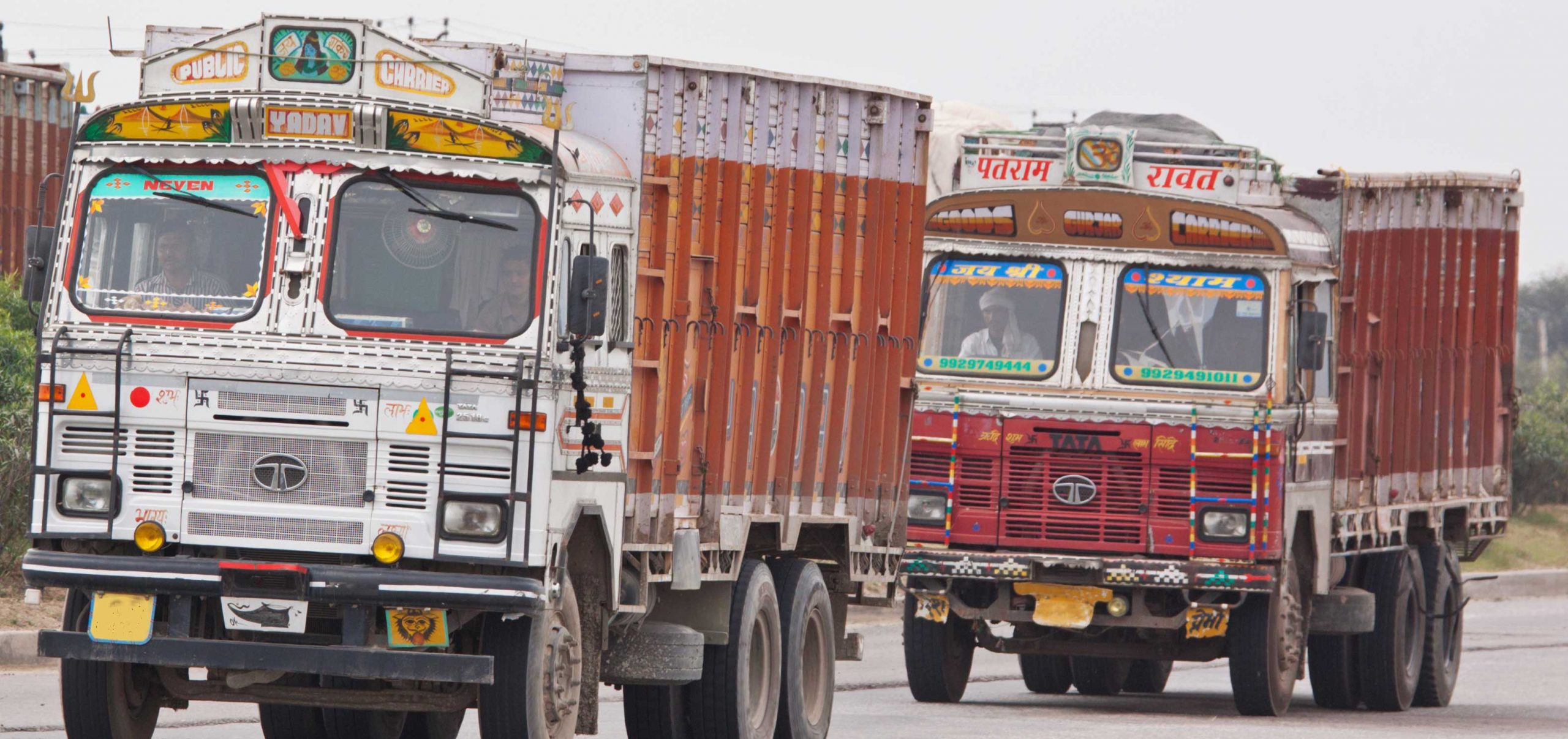
<!--[CDATA[
To promote road transport around the world – that is the subject of the guide the World Bank presented at the International Road Transport Union (IRU) in Marrakech. The paper focuses on five important starting points for reforms. Road transport is a key sector for economic development – not more and not less. This is particularly true when taking a global perspective. In order to tap this potential, the World Bank and IRU have for the first time developed a roadmap for reforms in road transport. It is addressed at governments as well as stakeholders from politics and the transport industry. The guide provides instructions for data analysis, illuminates important fields of action and outlines what a detailed catalogue of measures could look like. The objective is the implementation of reforms that will provide advantages for logistics, trade, security on roads and the economic development in the long term.
Impulses with great effect
Many measures can in fact have a large leverage effect. For example, as 85 to 90 percent of all accidents involving trucks are due to human error, driver training is an effective approach for improvement. The cost for the training sessions is then offset by a decline in the number of accidents, a fuel-friendly driving behavior and lower vehicle maintenance costs. A modern fleet of vehicles would also have positive effects. For example, the average fuel consumption of trucks decreased by 40 percent in the past 40 years, from 50 liters per 100 kilometers in the 1970s to 30 liters in 2008.
Five major areas of reform
The guide defines five areas that could be targeted by reforms.
- Improvement of market structures: The objective is to provide guidelines that include operating safety, security and quality of service. The regulations currently still vary from country to country, and can range from a complete absence of regulations to regulations that even include quantitative determinations.
- Pushing back the informal sector: Some forwarders operate outside of a proper legal framework. When it comes to pushing back this gray market, the negative social effects also have to be offset. It must be ensured that small businesses with only one truck (one man / one truck) can still work within a legal framework.
- Driver training: Training based on international models can ensure a minimum level of knowledge, competence and qualification. Issuing certificates that demonstrate professional skills, helps to increase professionalism.
- Renewal of the vehicle fleet: Just like drivers, vehicles are also an essential aspect for good transport services. Reforms therefore also have to include mechanisms aimed at the renewal of vehicle fleets. Appropriate economic and fiscal instruments should facilitate the purchase of vehicles. Other aspects include requirements for the import of used vehicles or for technical standards.
- Lowering external costs through increased efficiency: The full costs of transport include not only internal positions such as operation and maintenance of vehicles and equipment. External costs such as traffic load, environmental impact and the consequences of accidents also have to be taken into account. Greater efficiency in transport processes can help to reduce these external costs.
Example Mexico
The Mexicans began their reform of road transport in 1989 and, according to the guide, have already achieved specific positive results:- From 1989 to 1995, the volume of transport on national roads rose by 52 percent, from 107,200 to 162,827 tonne-kilometers, while the average distance increased by almost 30 percent from 346 to 444 km
- The average growth rate of companies that expanded their fleets was 64 percent. For larger providers, it was even 75 percent
- Actual transport rates were reduced by 25 percent since 1989
- Employment in the industry increased by 5.2 percent from 509,000 to 536,000 workers with annual remuneration between 1989 and 1995.



